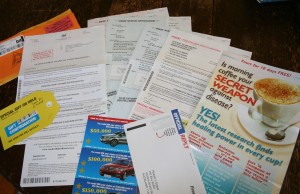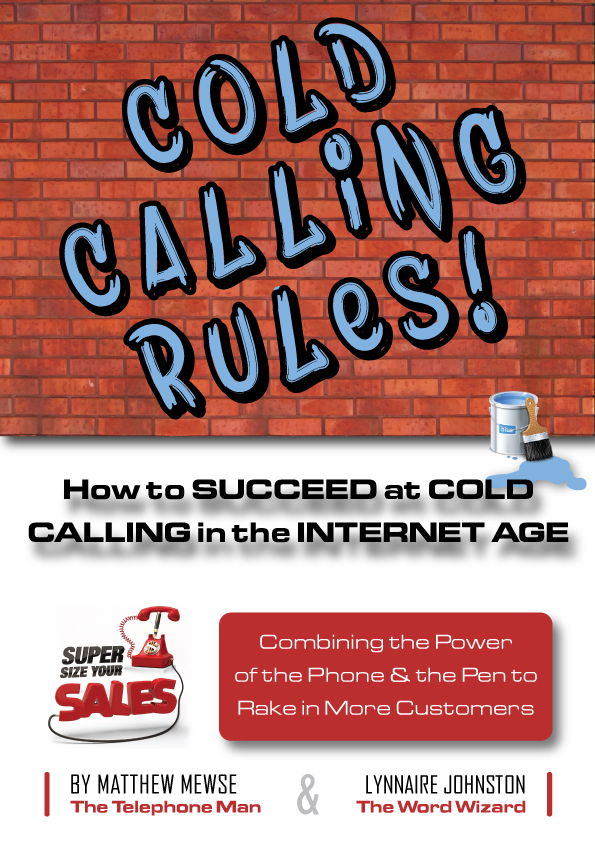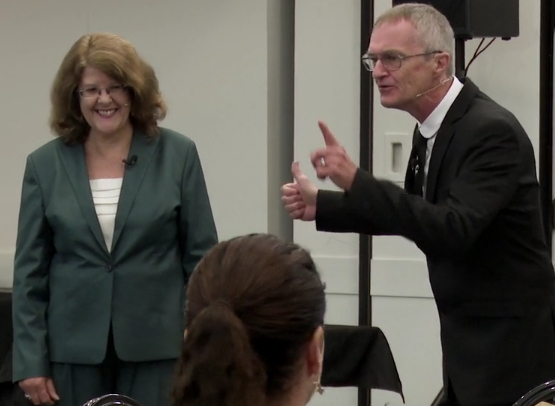-
What's New…
Cold Calling Rules!
Cold Calling Rules! – How to Succeed at Cold Calling in the Internet Age Many people seem to think that cold calling is an ineffective way of generating new business opportunities and just doesn’t work anymore. There may be some truth to this, esp...Customer ABCs
Customer ABC's – Crucial for Effective Use of Your Database One of the first things we do when starting to work with a new client at Super Size Your Sales is to help them to analyze their customer database to determine who their A, B and C clients ar...
Quality versus Quantity in mail-outs
Many companies give insufficient thought to the contents of the mail-out. Some put in too much material, others too little. Either can be damaging if it’s not what the recipient either wants or expects to receive.
Recently, for my sins, I have been rediscovered by Reader’s Digest. When I moved five years ago, I attempted to shake them off but somehow they have found me again.
And in this morning’s mail were two envelopes from them, glued together. Inside these envelopes were no less than 10 separate mail pieces, ranging from an envelope to a multi-page brochure for their latest book. Each of these was covered in text – including the envelope.
Now, apart from the fact I thought Reader’s Digest had gone broke, I simply don’t have time (or the necessary will, to be fair) to wade through all the documents and to make head or tail of them. I know they are a ruse to get me to buy product (in this case a book) but I also know that if I do, my letter box will be flooded with mail from them once again.
Lessons to be learned
There are several lessons here that are relevant to your business. First, unsolicited mail is less likely to receive a positive response than mail promised during a skilful telephone call that has identified your need. Second, sending lots of irrelevant pieces may result in the recipient binning it all without reading any of it. Sending only what has been identified during the call as meeting the recipient’s need makes it more likely to be read and acted on.
The material you do send should be able to be easily understood. In order to really understand what to do with all these pieces of paper from Reader’s Digest, I am going to have to invest some time in reading them and working it out. Time I don’t have. Time I would rather be spending on other things more important to my life than the pathetically miniscule chance I could win however many millions of unclaimed prizes that my unique number claims are just sitting in a vault awaiting my reply.
I love to receive mail, but this package did not give me any great feeling of anticipation – rather it filled me with dread and a confusing range of emotions. This is not what you want from your mail-out. You want people to look forward to receiving it, and for there to be something inside that makes them feel special. In most cases this would be a hand-written note or card.
Five top tips for successful mail-outs:
1. Make every page in the envelope relevant to the call your recipient received from you. It should not be generic.
2. Make sure the material is easily able to be understood and not the least bit confusing.
3. If you want them to take action – say so. And make it easy for them to do it.
4. Give them a deadline for this action (Reader’s Digest is very good at this) so readers don’t put it off, which means it is unlikely to get done.
5. Do not try to impress your recipient with too much material, keep it simple and keep it honest.




